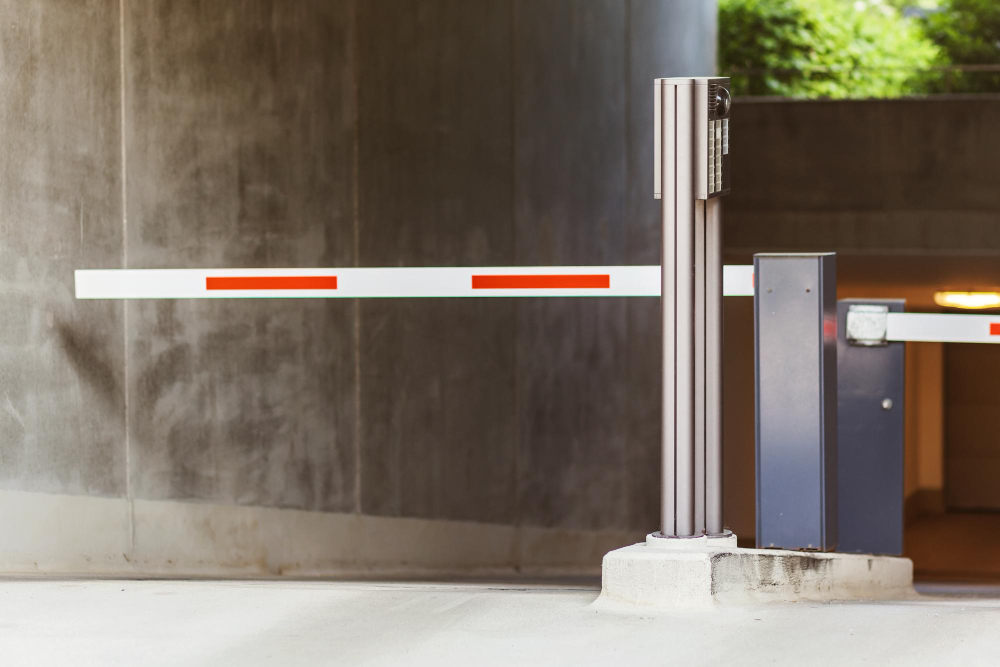5 Critical Things to Consider when Assessing Your Community Security

For many communities, ensuring its security is paramount. It's essential to keep residents, visitors, business establishments, and the general public safe and secure by preventing crimes like theft, vandalism, and other crimes. A well-rounded security program starts with identifying the threats and risks and understanding the security measures needed to protect the community. That's why we're detailing five key things you should consider when assessing your community's security.
1. Threat Assessment
Conducting a thorough threat assessment is the first step in assessing your community's security. Threat assessment identifies potential threats such as terrorism, burglary, vandalism, or other crimes. It will ensure you have a comprehensive security plan in place to address these potential threats. Identify high-risk areas and create security plans that fit the needs of your community. It is essential to conduct regular threat assessments, including engaging third-party security experts, to review your plans and make necessary changes.
2. Security Technology
One of the best ways to ensure community safety is by implementing technology-based security measures. Surveillance systems, access control systems, and security alarms are some of the best technologies available today that ensure your community is well-protected. Choose reliable security guard software that offers real-time monitoring, instant alerts, and quick response processes. This technology ensures any suspicious activity or security breaches are recorded in real-time, and the necessary action is taken to address safety and security concerns.
3. Emergency Planning
Emergencies like natural disasters, hazardous spills, or other accidents can strike at any moment. That's why it's necessary to have an emergency plan in place that details everything you need to do during an emergency. A community-wide emergency plan should include evacuation procedures, informing residents and the public of the situation, and assembling first responders, including fire, police, and medical personnel.
4. Building Security
Start with ensuring buildings and facilities within the community have adequate security measures in place. Safeguard entrances and exits, like doors, parking lots, and rooftops, with reliable locks, access control systems, and surveillance. The security guards you place on the premises of buildings should be capable of managing emergencies or security breaches with a quick response. They should also be trained on customer service, communications, report writing, and risk management.
5. Regular Reviews and Training
Reviewing security routines and processes is essential to maintaining community safety from potential threats. Regular reviews ensure you can identify potential vulnerabilities and can put processes in place to correct any issues. Ongoing training for staff and guards is essential for keeping security protocols fresh. It teaches protocols and highlights these protocols' significance to the security of the community.
Conclusion:
Protecting your community should be a top priority for local officials, community members, and businesses alike. Regular security assessments, implementing critical technologies, emergency planning, securing buildings and facilities, and staff training are vital to keeping the community safe. With EntranceIQ's reliable security guard software, you never have to worry about unknown security issues. Our security guard software technology has an integrated communication system, real-time monitoring through machine learning, and an easy-to-use dashboard. Contact EntranceIQ today to get your free quote and implement the most effective security measures to keep your community secure.